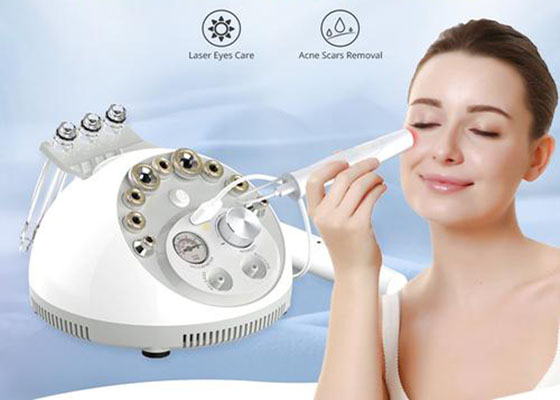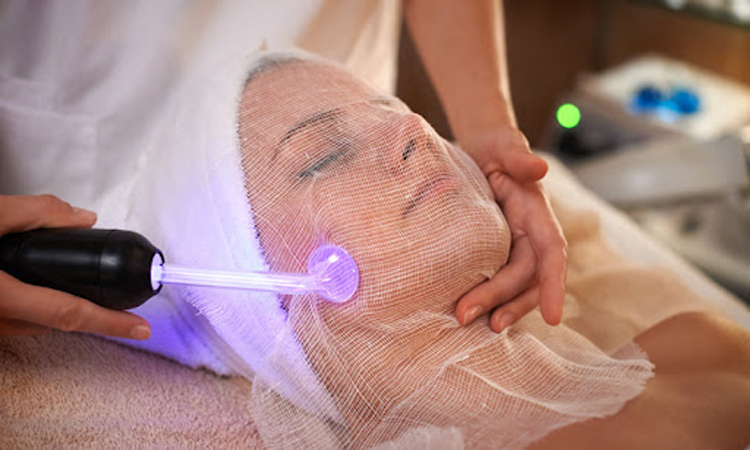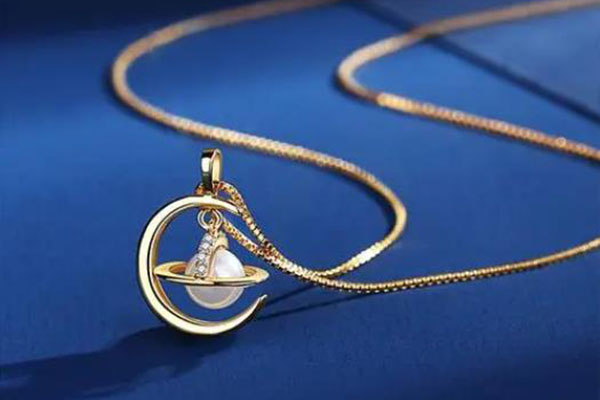Dip powder and monomer are two popular products used in the realm of nail enhancements. Each has its own unique characteristics and application methods. In this blog post, we will explore whether it is possible to use dip powder with monomer, providing you with a comprehensive understanding of these two products and their compatibility.
Understanding Dip Powder
Dip powder is a nail enhancement technique that involves dipping the nail into a colored powder and sealing it with a top coat. The powder typically contains a combination of finely milled acrylic, pigments, and other ingredients. This method gained popularity due to its ease of use and durability. The dip powder technique does not require monomer, making it a convenient option for many nail enthusiasts.
Dip powder offers several benefits. It provides a strong and long-lasting manicure, resistant to chipping and peeling. The process is relatively quick and straightforward, making it suitable for both professionals and at-home users. Additionally, dip powder can offer a range of vibrant colors and finishes, allowing for endless creative possibilities.
Understanding Monomer
Monomer, on the other hand, is a liquid used in traditional acrylic nail systems. It is typically combined with polymer powder to create a paste-like substance that is applied to the nail. Monomer acts as a catalyst, initiating the chemical reaction that hardens the acrylic, resulting in a durable and sturdy nail enhancement.
Monomer-based acrylic nails have been a staple in the nail industry for many years. They offer strength, flexibility, and a natural-looking finish. The application process involves sculpting the acrylic mixture onto the nail, allowing for customization and extensions.
Can You Use Dip Powder with Monomer?
A common misconception arises when people wonder whether it is possible to use dip powder with monomer. However, these two products are fundamentally different and not designed to be used together.
The primary reason dip powder and monomer are not compatible is their composition. Dip powder relies on a combination of acrylic powder and various additives, while monomer requires a chemical reaction with polymer powder to form acrylic nails. The chemical formulas of these products are not intended to work in conjunction with one another.
Attempting to use dip powder with monomer can lead to unpredictable and unsatisfactory results. The chemical incompatibility may cause the dip powder to clump or become discolored when combined with monomer. Moreover, the curing process of dip powder differs from that of monomer, making it difficult to achieve the desired outcome.
It’s important to note that using dip powder with monomer can also pose potential risks and drawbacks. The improper combination of these products may result in a compromised nail structure, leading to breakage or damage. Additionally, the mixture of dip powder and monomer could cause skin irritation or allergic reactions.
Alternatives to Using Dip Powder with Monomer
If you’re seeking alternatives to achieve similar results without using dip powder with monomer, there are other options available.
- Traditional Acrylic Nails: If you prefer the strength and customization of acrylic nails, consider opting for a traditional acrylic application. This involves combining monomer with polymer powder to create a workable paste that is applied to the nails. The result is a durable and long-lasting nail enhancement.
- Gel Polish: Another alternative to dip powder is gel polish. Gel polish offers a glossy, chip-resistant finish and can be cured using a UV or LED lamp. It provides a long-lasting manicure without the need for dip powder or monomer.
- Press-on Nails: For a temporary and convenient option, press-on nails are an excellent choice. Press-on nails have come a long way in terms of quality and design. They offer a quick and easy solution for those looking to switch up their manicure without the commitment. Press-on nails come in various sizes, shapes, and designs, allowing you to find the perfect fit for your nails. They are usually pre-designed and can be easily applied using adhesive tabs or nail glue. Press-on nails can provide a polished and professional look without the need for dip powder or monomer.
- Nail Wraps: Nail wraps are another alternative to dip powder that offers a unique and creative nail enhancement. These thin adhesive stickers or decals come in a variety of designs and patterns. Nail wraps are easy to apply and require no drying time, making them a convenient option. They can be trimmed to fit your nails and provide a temporary and customizable manicure.
- Nail Polish: Lastly, traditional nail polish remains a classic choice for many. With a wide range of colors and finishes available, nail polish allows for creativity and versatility. Although it may not provide the same level of durability as dip powder or acrylic nails, regular nail polish can still offer a beautiful and vibrant manicure.
Conclusion
it is not recommended to use dip powder with monomer. Dip powder and monomer are distinct products with different compositions and application methods. Attempting to combine them can lead to unsatisfactory results and potential risks. However, there are various alternatives available that can provide similar effects without using dip powder or monomer. Whether you choose traditional acrylic nails, gel polish, press-on nails, nail wraps, or traditional nail polish, there are plenty of options to suit your preferences and achieve a stunning manicure. Remember to prioritize nail health and safety when experimenting with different nail enhancement techniques.




